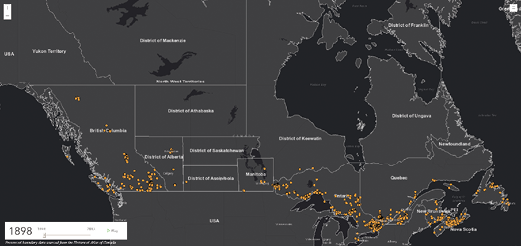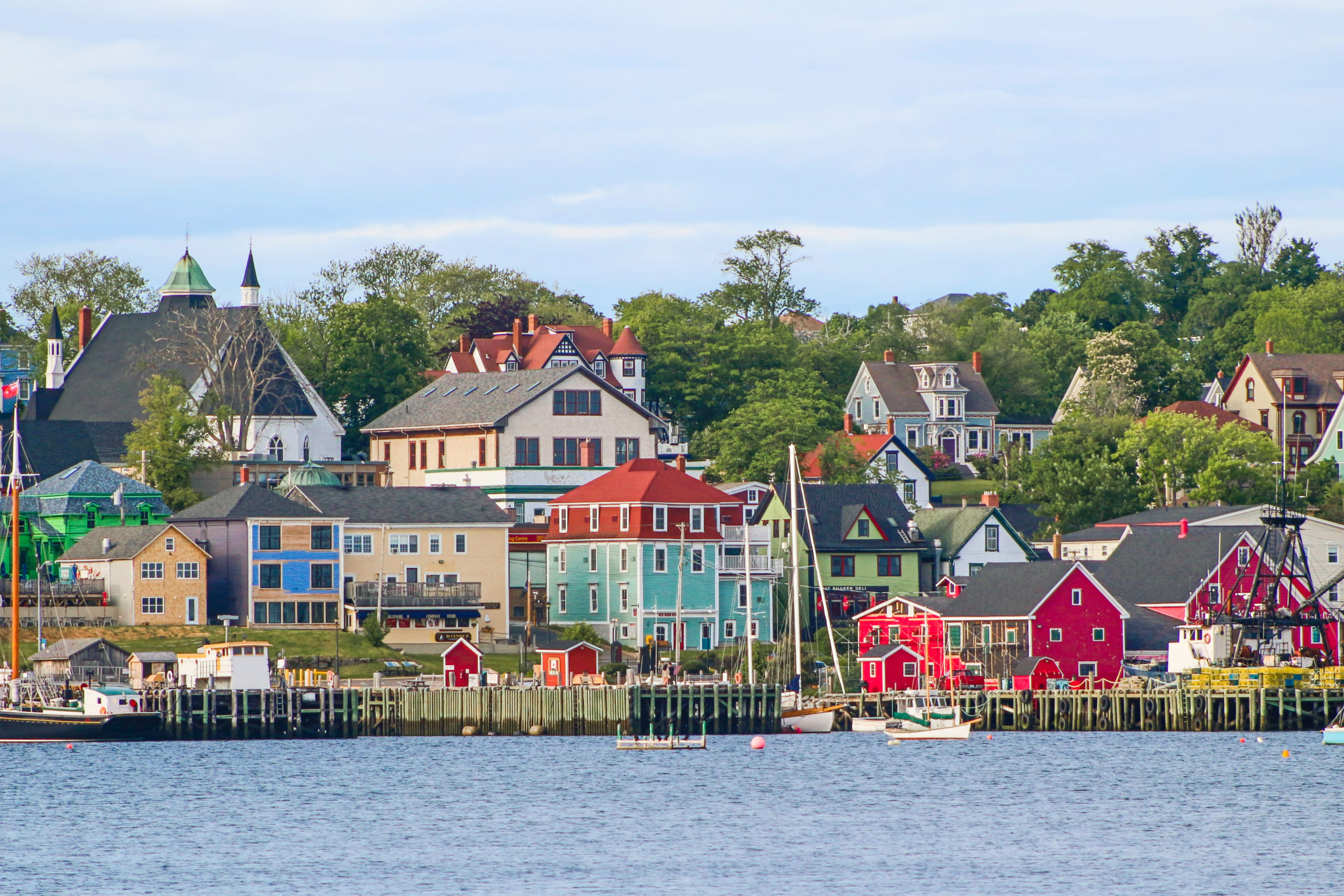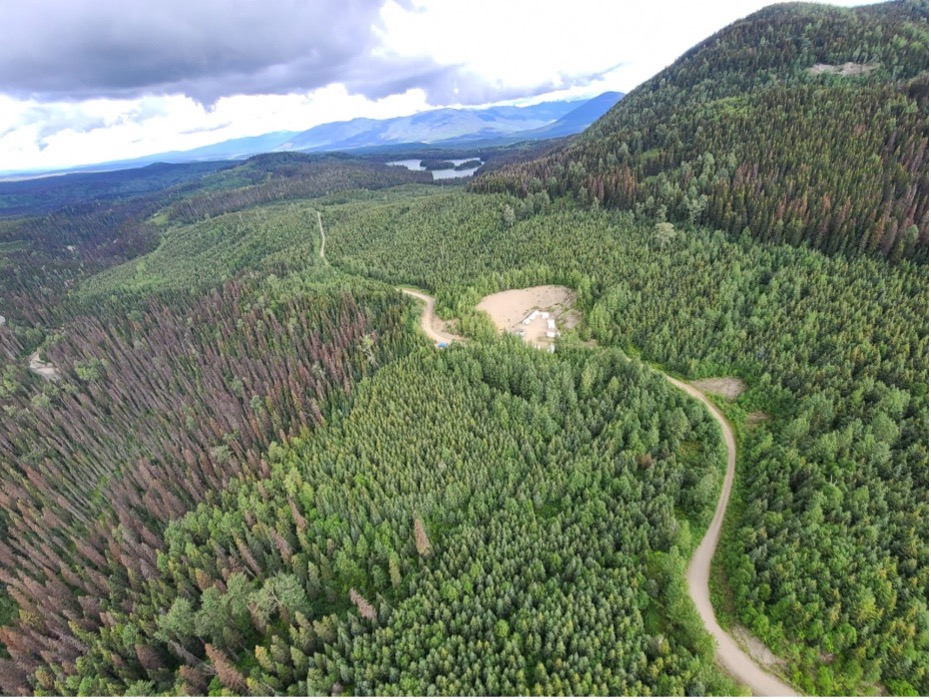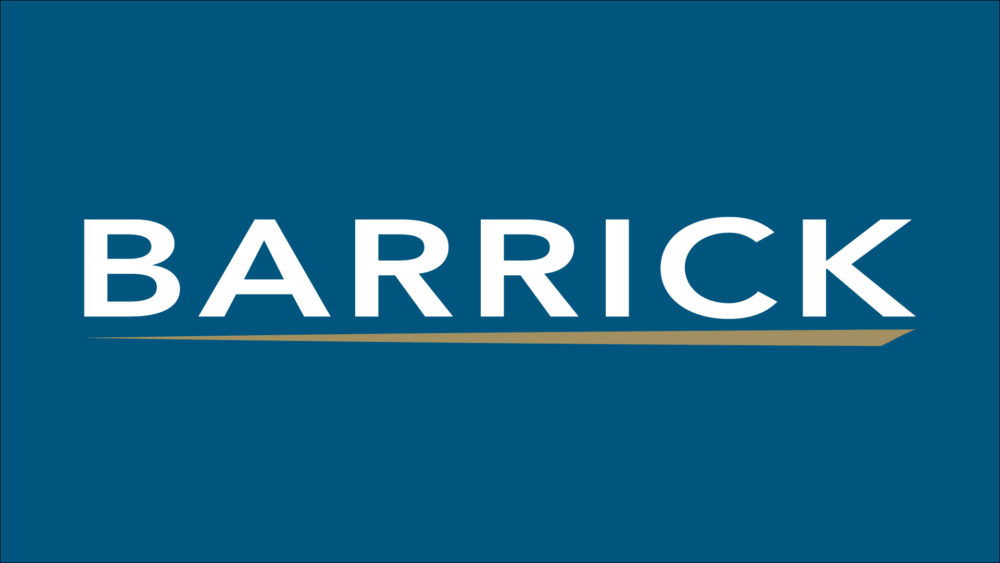Mining in Canada needs reinforcement not rebranding
The article “Rebranding mining: Does mining need a rebrand?” by Mike Commito and Steve Gravel (published in August 2022 issue of CMJ, pages 11-12) was excellent. But rather than rebranding mining, I feel we should help reinforce the existing brand by highlighting the incalculable uses of the planet’s rock resources using the internet to communicate. “If it’s not grown, it’s mined” is a necessarily broad description of mining, one that highlights the universal need for excavation of rock. My goal of building the historical Canadian mines data hub and visualization centre is to document the story of Canadian mining, not just of the mining of the rock, but the incredible things that the rocks and minerals have been used for. This tool is in the public domain, so anyone with interest can interact with maps and stories. By acknowledging how we, as a society, have benefited from the resources of the Canadian landmass in an easily accessible and interactive way, we can better educate the public on the importance of our work.


My goal is to illustrate that Canada’s mining history can be linked to stories. The interactive maps were built with searchability by time built into it to portray the sequence of events. If you pick a year like 1880, notice the lack of mines in Saskatchewan. The CPR was finished on Nov. 7, 1885, and then by 1920, there were mines in Saskatchewan. That is an easy search. This map can be used to highlight so many other stories related to the development of Canada. This tool can be used by kids, such as in classrooms, through to adults.
Mining should be a solid brand as those in the industry know; a brand that puts a spotlight on society’s needs for us. Click on any dot, and there is a “Use-Commodity” box that can be filled in. Specific deposits in Canada can be related back to abutments for railway bridges and culverts, aggregate, agricultural limestone, stoneware, brick making, carvings, cement making, ceramics, dental porcelain, drywall, electricity, fertilizer, fireplaces, golf course sand, gravestones, jewelry, monuments, paving stones, road construction, steel making, and so on. Similarly, search for a town name and see what is in the vicinity of where someone lives. Check out the different map options as imagery is an option too. The public can use satellite imagery to see for themselves what happens to historical mine sites after closure.
The additional layer “Mining Makes” will be a layer where we can tie the Canadian mining industry to Canadian mining inventions. My son already wrote the story of Wolverine since comics are his interest, so he easily saw the connection. The famously Canadian superhero Wolverine worked in a mine as a teenager, and the metal infused to his bones would have been mined. This example shows the breadth of Canadian mining, that its significance is felt even in the Marvel universe. When I worked at the Holloway mine, I had a miner’s lunch box that was invented by Leo May. What are other inventions from small to large that can be directly attributed to a location on this map in Canada? I will add those like the layer for the mining and geology exhibits.
For every dot on this map, we can add pdf write-ups about the mines or inventions. How did mining make an impact on you? Can you even just fill in the missing information for a mine you worked at? So many people are doing genealogy. Do you know of someone that has written down their story of working in a mine? I have had the honour of working with Toby Cote of Saskatoon, who documented the discussions with her father, Harvey Laberge, about the start-up of the Patience Lake mine. Mines were built by people, and that too is an important element of the story. Please help to tell the story of our mines on this platform so that the importance of this industry to the Canadian economy is so obvious that mining can evolve to having a positive connotation. With over 14,000 entries so far, I cannot do it alone. Canada has the second largest land-area in the world, and we have explored widely. “If it’s not grown, it’s mined” can be reinforced through collaborative storytelling to raise the reputation of the mining industry.
Donna Beneteau, PEng, MASc is an assistant professor at the Department of Civil, Geological, and Environmental Engineering, University of Saskatchewan. donna.beneteau@usask.ca
Historical Canadian mines data hub and visualization centre: https://www.cim.org/the-hub/





Comments